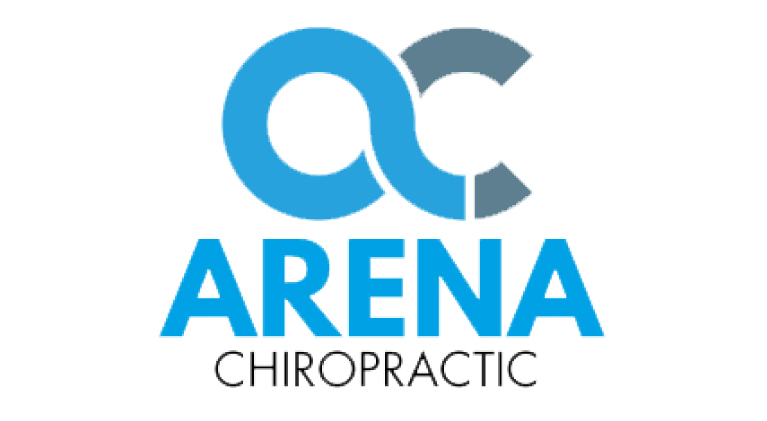You are the lucky owner of a magnificent piece of biological machinery – the human brain. Your brain is always on, performs lightning-fast calculations, and is a whiz at making connections between seemingly unrelated factors and observations. The only downside is that your brain didn’t come with an owner’s manual.
Fortunately, your brain has no moving parts. All the action is on the inside – inside the black box. And, your brain is always available. It will do whatever you tell it to do. All you have to do is take care of it properly – provide it with energy, take it out for a walk, and make sure it’s connected.
The energy part could be easy, but most of us fall down on the job. Our bodies require high-quality nutrition, but mostly what they get is a poor substitute. Fresh fruits and vegetables, whole-grain cereals; complete protein from milk, yogurt, cheese, eggs, fish, chicken, turkey; and plenty of water cover daily requirements for optimum functioning. [If you’re a vegetarian, make sure you get complete protein from dairy products – rice and beans do not provide complete protein!]
A balanced food plan provides your brain with all the energy it needs 1 – and it needs plenty of energy! Glucose is the primary source of energy for your brain – complex carbohydrates like potatoes and whole grains make it all happen.
Going for a walk – a metaphor for all kinds of vigorous physical activity – not only helps keep you in top shape but is also one of the best things you can do for your brain. So many recent scientific studies have shown that peak brain function and levels of exercise are strongly related.2, 3
Physical activity causes new areas of your brain to “light up” and builds connections between areas of your brain that weren’t connected before. So, you’re body’s getting smarter at the same time that you’re getting smarter! A pretty good deal.
Finally, it’s very important to make sure that all the parts of your body are talking to each other in the right way and at the right time. Your brain needs to receive the information it’s supposed to receive to make good decisions, and your body needs to receive the information it needs from your brain to get all the jobs done that need to be done.
Regular chiropractic care helps make sure these things are happening. Regular chiropractic care helps balance the flow of information in your nervous system, taking care of you and your brain.
1Rosales FJ, Zelsel Sh: Perspectives from the symposium: The Role of Nutrition in Infant and Toddler Brain and Behavioral Development. Nutr Neurosci 11(3):135-143, 2008
2Christie BR, et al: Exercising our brains: how physical activity impacts synaptic plasticity in the dentate gyrus. Neuromolecular Med 10(2):47-58, 2008
3Lange-Asschenfeldt C, Kojda G: Alzheimer’s disease, cerebrovascular dysfunction and the benefits of exercise: From vessels to neurons. Exp Gerontol 43(6):499-504, 2008





